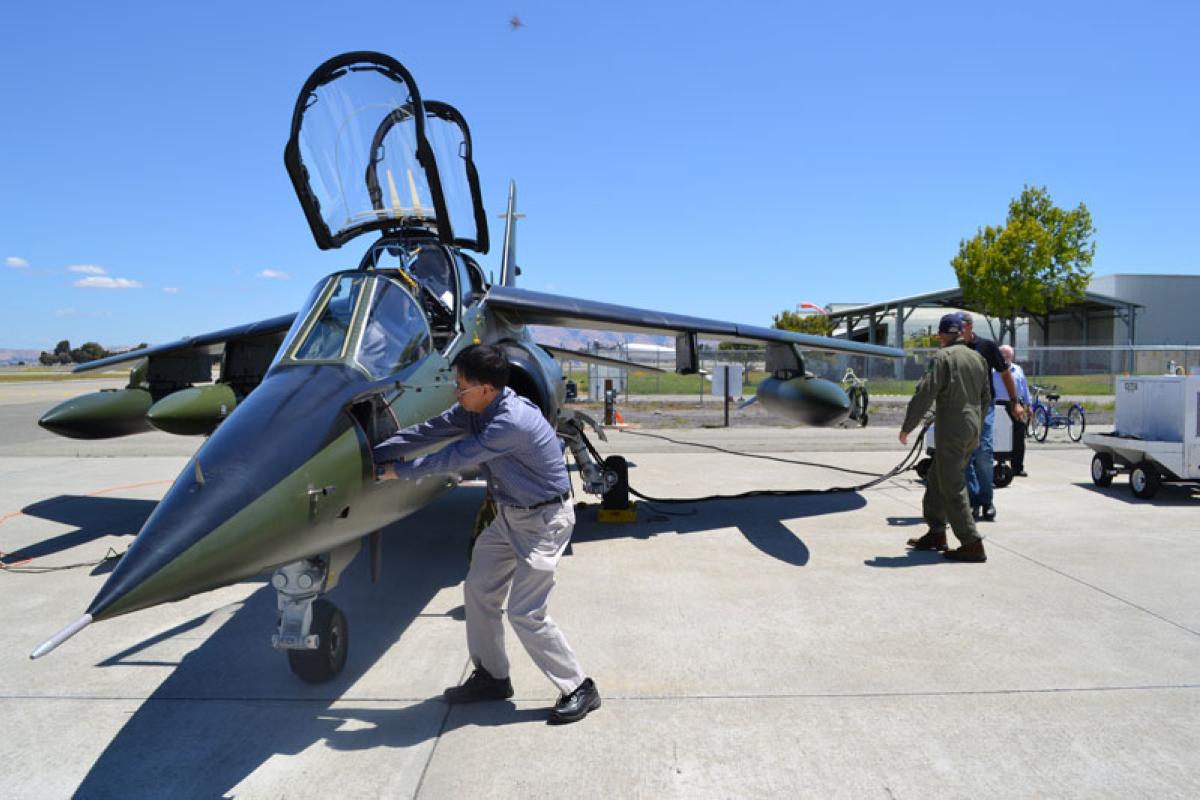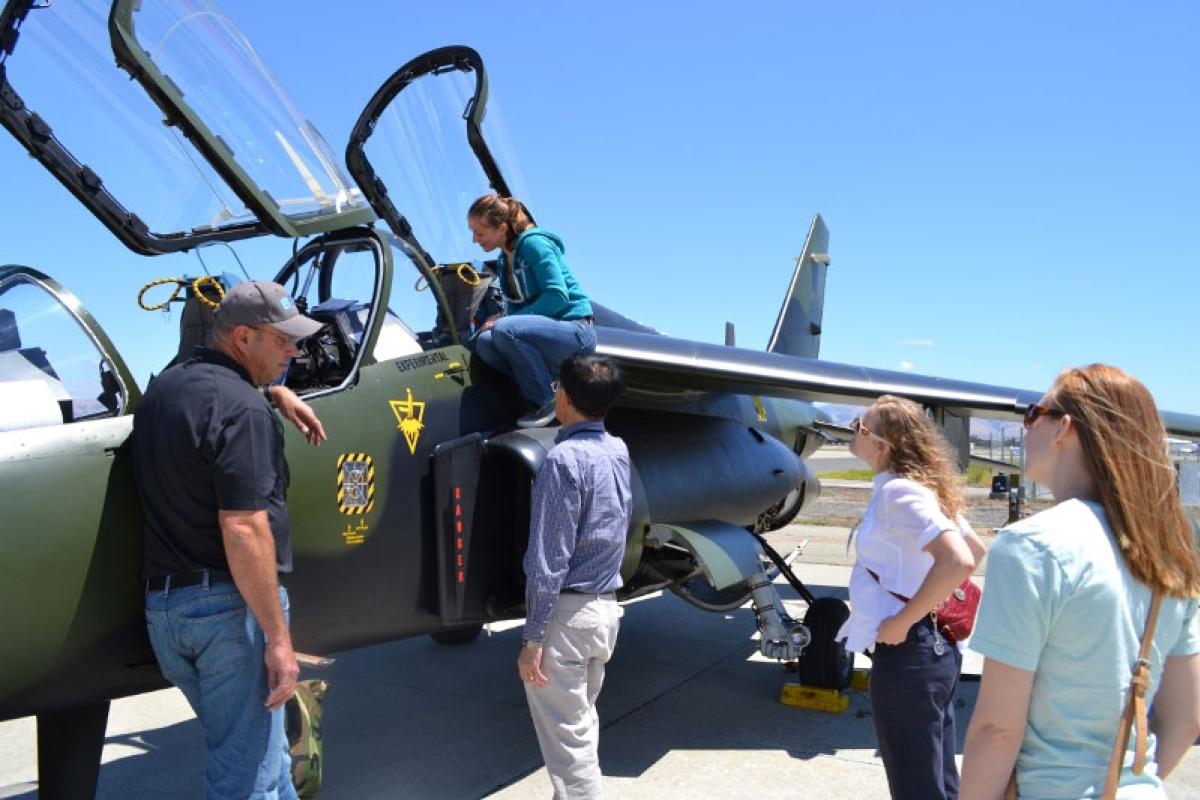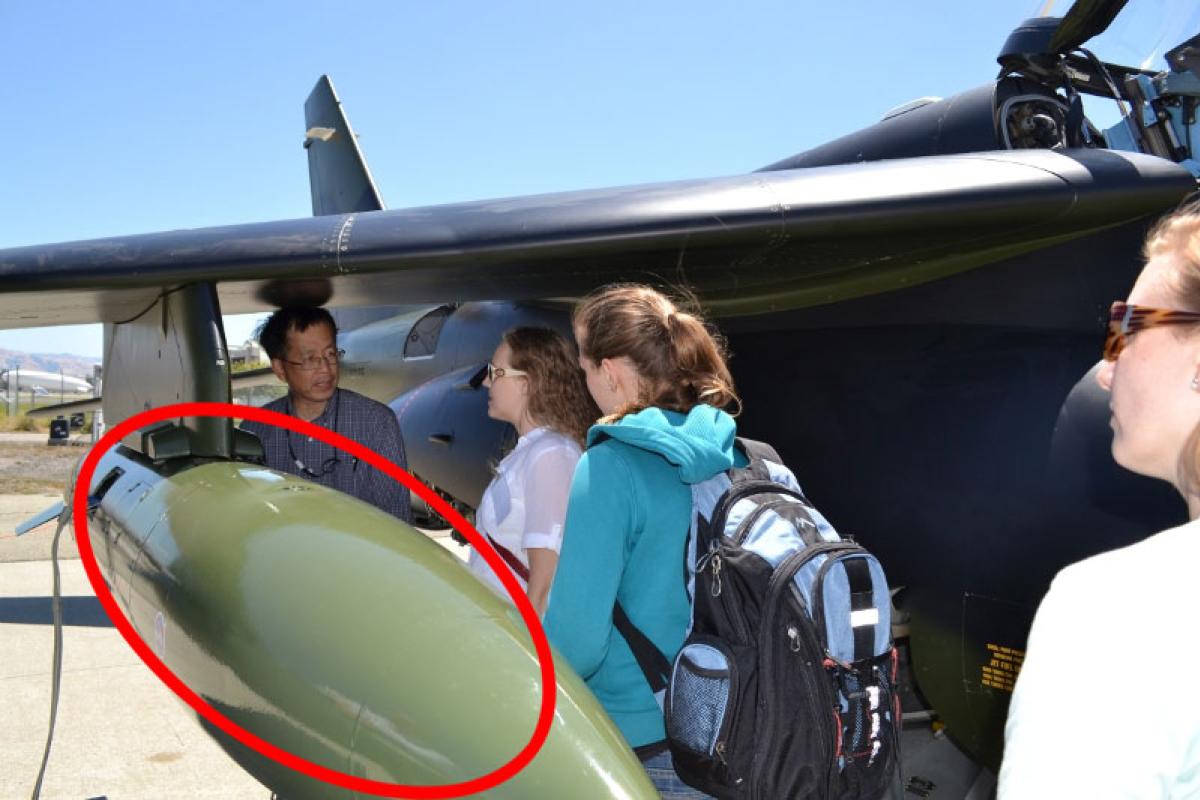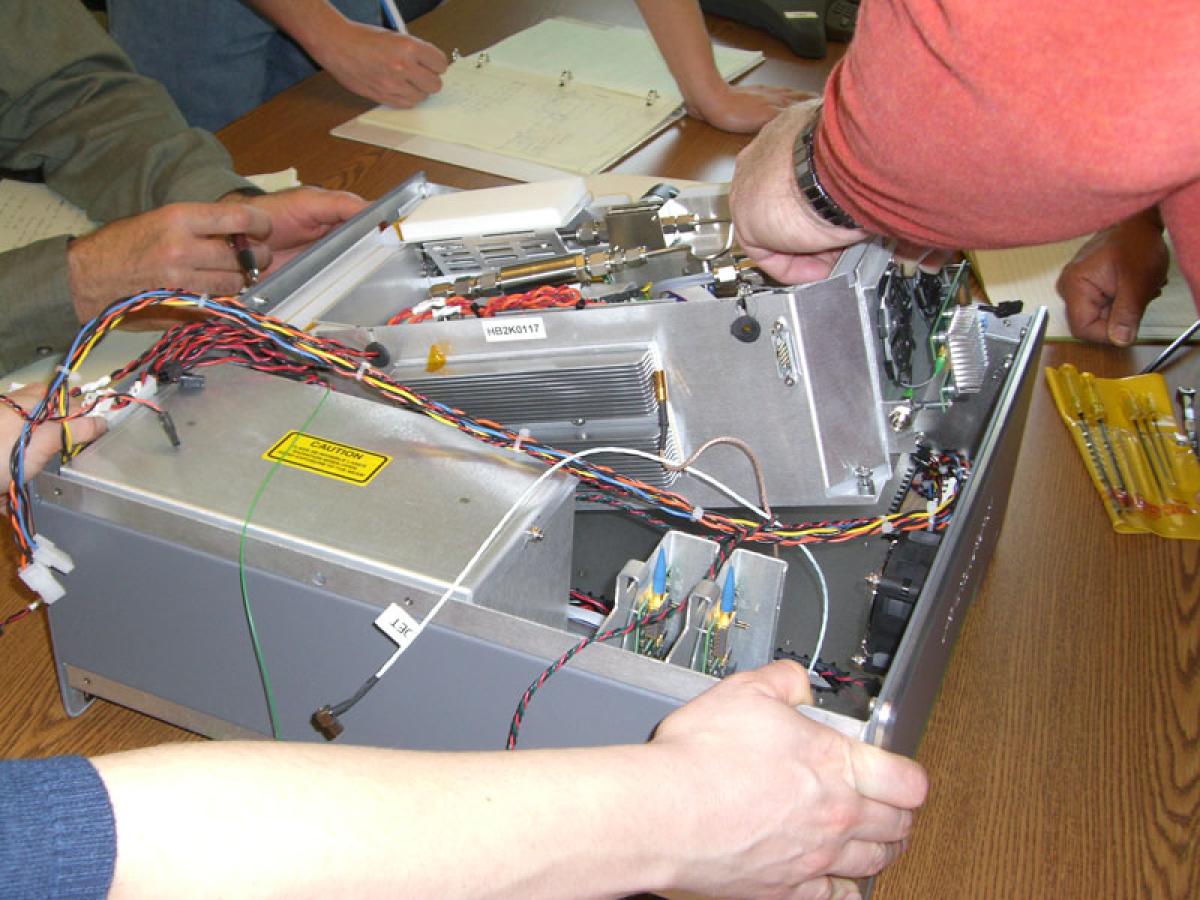MOUNTAIN VIEW, CA — My name is Rebecca Vincent. I attend Gunn High School and am interning at Picarro for the summer. I had the opportunity to visit the NASA Ames Research Center with several colleagues, Yoonah Danskin, Melissa Palmer, and Gloria Jacobson to watch the launch of the Alpha Jet on this-year’s GOSAT calibration mission.
The Japanese GOSAT satellite measures albedo – the proportion of light reflected off of the planet, and uses it to find the proportion of reflected light that is absorbed by the greenhouse gases CO2 and CH4. This is used to derive the column average value of the concentration of the two gases in the layer of atmosphere sitting above the ground.
Every year, the GOSAT needs to be recalibrated/validated. The perfect opportunity to do this is when the Satellite crosses directly over the Railroad Valley in Nevada. Not only is the valley very close to the same size as one GOSAT pixel, the sand & salt that make up the floor of this ‘playa’ is especially white and flat, increasing the intensity of reflected light and amplifying the sensitivity of the satellite. Increased intensity of reflected light is also the reason that the summer solstice was selected as the time of year for the measurements. Also, albedo is very dependent on the moisture content of soil, and dry summer is a perfect time for that, as soil is constantly dry.
For the second year in a row Warren Gore’s team at the NASA Ames Research Center is using a Picarro custom-built into the wingpod of an alpha jet to calibrate the satellite. To fit the analyzer into the wingpod, David Langsam from Picarro disassembled the Picarro G2301-m analyzer for the NASA team, who reassembled it into an elongated formation. The altered configuration imposed new challenges in terms of thermal management of the instrument. Additional cooling fans and thermal blankets are placed at appropriate locations inside the instrument. A unique platform was created where the instrument sits outside the cabin in a remodeled fuel tank (“pod”), exposed to fluctuating environmental conditions and in a non-pressurized environment.
During the moment when the satellite crosses over Railroad Valley, the jet performs a corkscrew in the column of air beneath it (wish we had seen that part!). The satellite’s calculations can then be compared to those of the Picarro analyzer and adjusted accordingly.
Note: The sound in the background during takeoff is in fact NOT the jet, but instead an unfortunate lawn mower in the vicinity. It masked the actual sound of the jet, so our team almost missed it when it started early!



